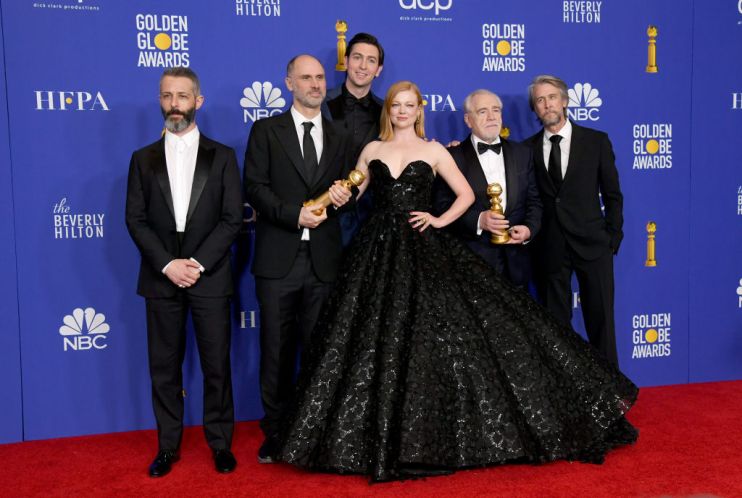Generation Netflix: The weekly release could fall victim to our binge habit

Much ado about, uh, something, stumbled one of Logan Roy’s goons as he tried to stall for time at the fictional shareholder meeting that would decide the fate of Waystay Royco.
The machiavellian drama has been drip fed out to audiences like a doctor administering morphine really, really slowly.
In contrast, the likes of Squid Game and You were dropped like a bomb of escapism on Netflix, reeling people in for 12 hours of intensity before leaving them out in the cold, scrolling to find something else to occupy an entire rainy weekend.
With the growing divide between traditional broadcasters and the new aristocracy of Netflix and Amazon Prime, how we watch television will be one of the greatest determinants of where we turn to for our evening fix.
Will we continue to put up with the HBO-style of tantalising week-by-week hour slots or will our impatience win out and keep us hooked to Netflix?
The streaming giant announced last week it will begin regularly reporting its viewing figures for its top shows. The strategy is the polar opposite of its previous approach of staying schtum.
Unlike traditional media empires, Netflix doesn’t run advertisements, so it has never needed to brag about its viewers. Nor has it needed to stoop to the level of elaborate publicity stunts, as Sky did when they hired an orchestra to play the theme tune to Succession outside rival broadcasters’ headquarters.
At Netflix’s UK content factory, otherwise known as Shepperton Studios, the amount of production space will be doubled to one million square feet, with enough space for 17 more sound stages. At the current rate of Netflix shows, the speed at which TV shows will be developed, filmed and dropped online will rise astronomically.
So how does a typical week-by-week model compete? For mini-series, perhaps there is a case for it to outlast. The window is smaller, five weeks or less, in comparison to the nine weeks fans of Succession will be strung out for.
The Handmaid’s Tale is another TV show which adopted the legacy drip-feeding model. The UK rights to it were snapped up by Channel 4, who screened it on their own streaming platform. But viewers were so infuriated by the presence of ads (yes, real ads that can’t be skipped after five seconds), some even vowed to wait until the whole season was out and watch it in one go on Amazon Prime.
Waiting a little longer to watch it all at once defies the logic of instant gratification and yet paradoxically also fulfills it.
The key to the week-by-week or linear model, as it is known, is advertising.
It enables broadcasters to tell customers how many people are watching at any given time, and sell ads in that slot based on those figures.
According to Julian Aquilina, a broadcasting expert at Enders Analysis, having a regular slot for big-hit TV shows is easier for broadcasters because they care about giving advertisers predictability. Streaming services, in comparison, operate on a subscription basis so rely on keeping customers happy – and hooked.
There’s also the excitement factor; the people staying home on a Monday night to watch Succession.
“Even the online streamers have experimented with weekly releases,” says Aquilina, “Netflix has done it before. There is experimentation across the board and there’s not one single right way to do this. Both models will hold value over time.”
Netflix, for example, released The Circle week-by-week. But the programme was also available on Channel 4, which has its own streaming service. It was a collaboration that could lay the blueprint for future partnerships between traditional broadcasters and streaming services.
Currently, the only broadcaster with an online platform even close to rivalling the ease of Netflix is BBC iPlayer. But with a funding model that doesn’t require ads, it’s hardly fair to let it enter the competition; the streaming equivalent of doping.
High street banks have learnt a tough lesson as they’ve tried to keep their online offerings up to scratch in an era of fintech. Broadcasters need to learn their weakness to make them a strength. Otherwise, it will be much ado about something as they stall in the race against time.
